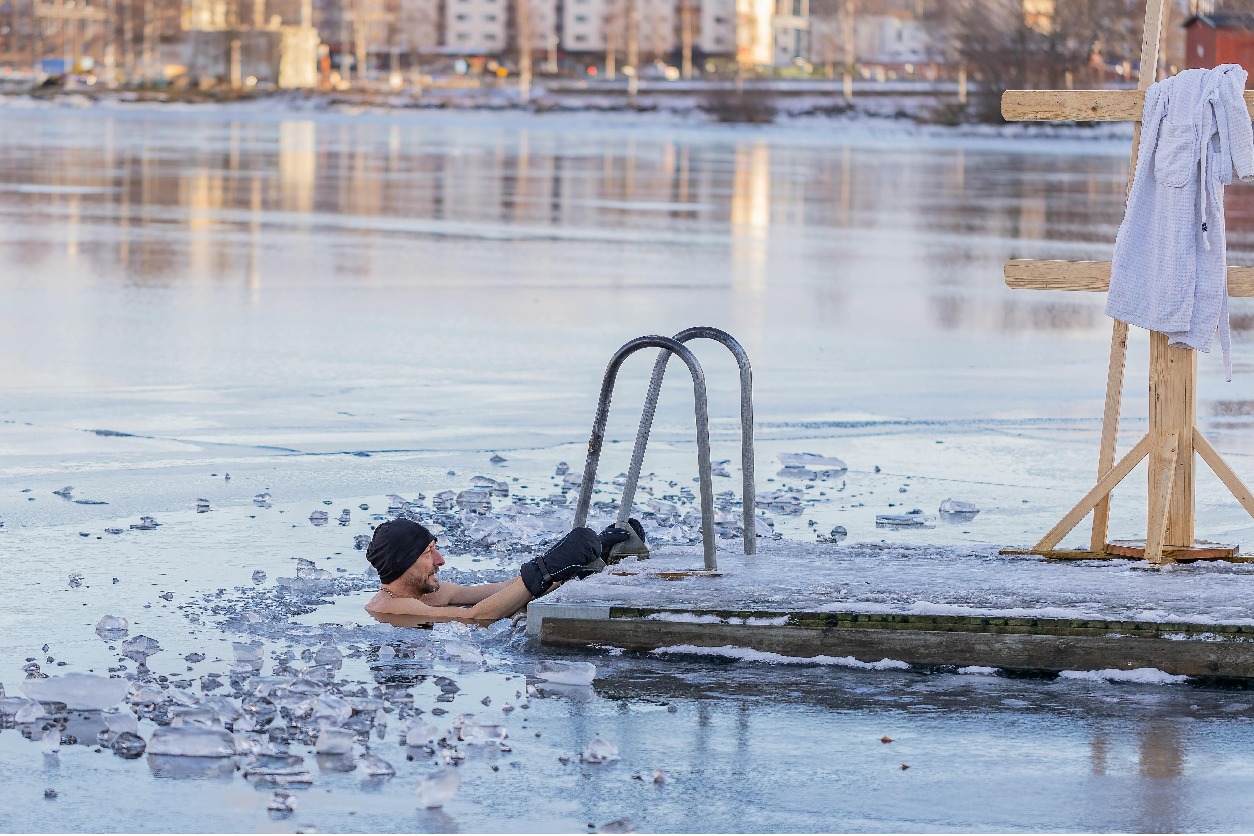Is Cold Water Therapy Worth the Hype?

Cold water therapy, also known as cold plunging or cold-water immersion, has been making waves in the wellness world for its supposed benefits to both body and mind. From athletes to mindfulness practitioners, many swear by the practice of dipping into chilly waters—be it through ice baths, cold showers, or open-water swims. The main idea? Expose the body to cold temperatures (typically below 15°C) to trigger a range of physiological responses. While it’s become a trendy wellness habit, there’s actual science behind some of the claims—though not all are fully proven just yet.
Among the most recognized benefits is physical recovery. Cold exposure can reduce muscle soreness and inflammation by constricting blood vessels and slowing down metabolic activity. This is especially useful after intense workouts, which is why it’s a common practice among athletes. Cold plunges are also said to improve circulation, as the body works harder to maintain core temperature, and may even give the immune system a gentle boost by stimulating white blood cell production. Mentally, cold water therapy can elevate mood by increasing dopamine and norepinephrine levels, while reducing cortisol—the hormone linked to stress.
However, it’s important to approach this practice with caution. Jumping into cold water too quickly or staying in for too long can be risky, especially for those with heart or respiratory conditions. Sudden immersion can shock the system, potentially leading to issues like hypothermia or abnormal heart rhythms. Beginners should ease into the habit—starting with brief cold showers before progressing to longer exposures—and consult a doctor if they have any health concerns. Safety is key to gaining the benefits without unnecessary risks.
Among the most recognized benefits is physical recovery. Cold exposure can reduce muscle soreness and inflammation by constricting blood vessels and slowing down metabolic activity. This is especially useful after intense workouts, which is why it’s a common practice among athletes. Cold plunges are also said to improve circulation, as the body works harder to maintain core temperature, and may even give the immune system a gentle boost by stimulating white blood cell production. Mentally, cold water therapy can elevate mood by increasing dopamine and norepinephrine levels, while reducing cortisol—the hormone linked to stress.
However, it’s important to approach this practice with caution. Jumping into cold water too quickly or staying in for too long can be risky, especially for those with heart or respiratory conditions. Sudden immersion can shock the system, potentially leading to issues like hypothermia or abnormal heart rhythms. Beginners should ease into the habit—starting with brief cold showers before progressing to longer exposures—and consult a doctor if they have any health concerns. Safety is key to gaining the benefits without unnecessary risks.